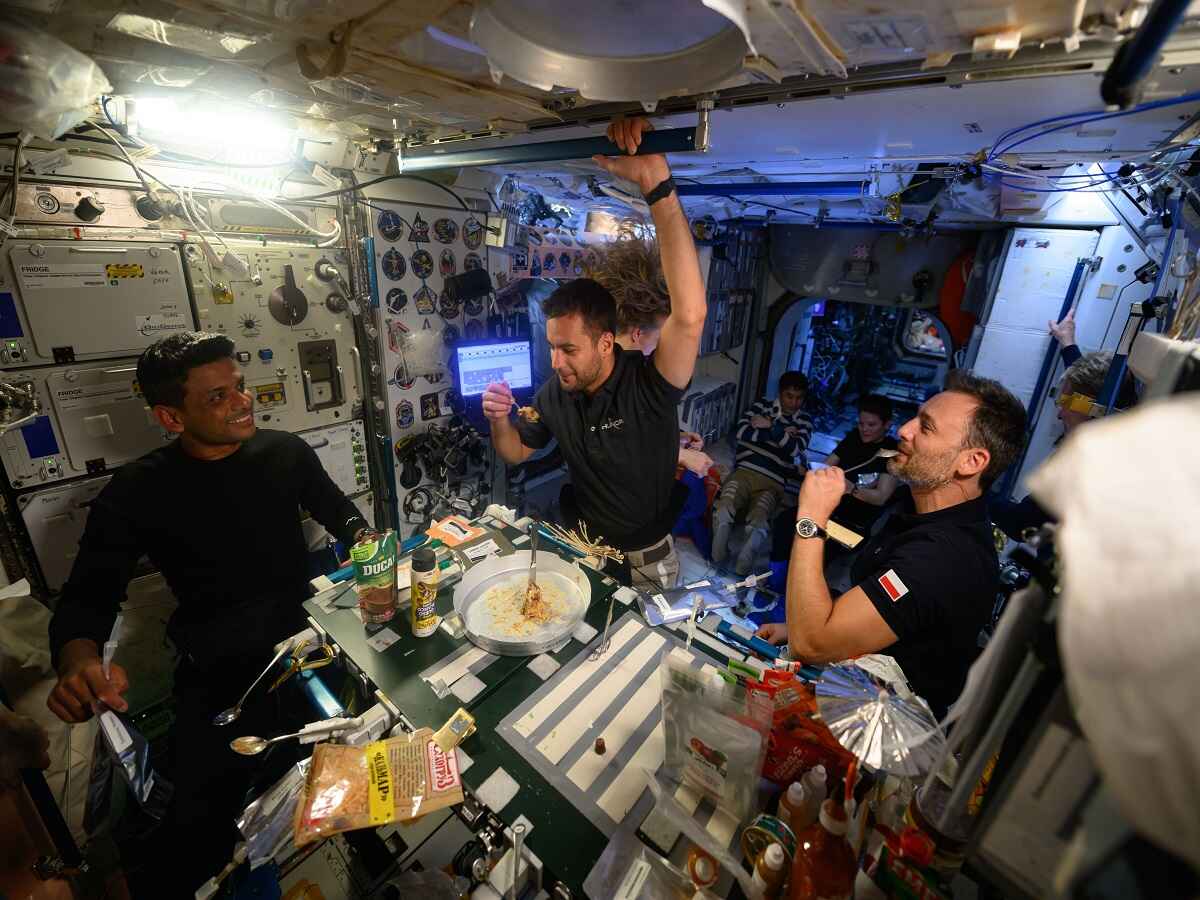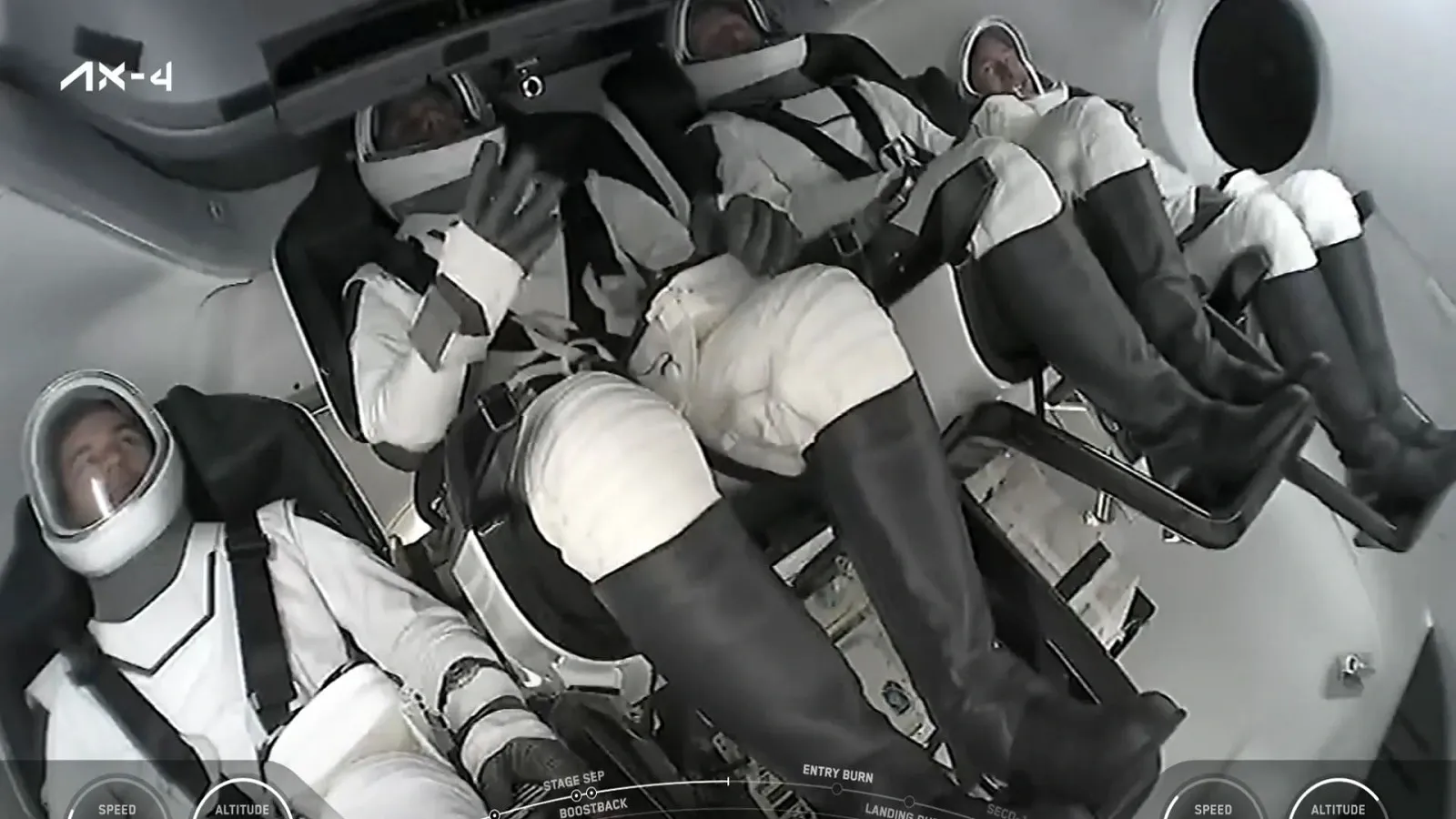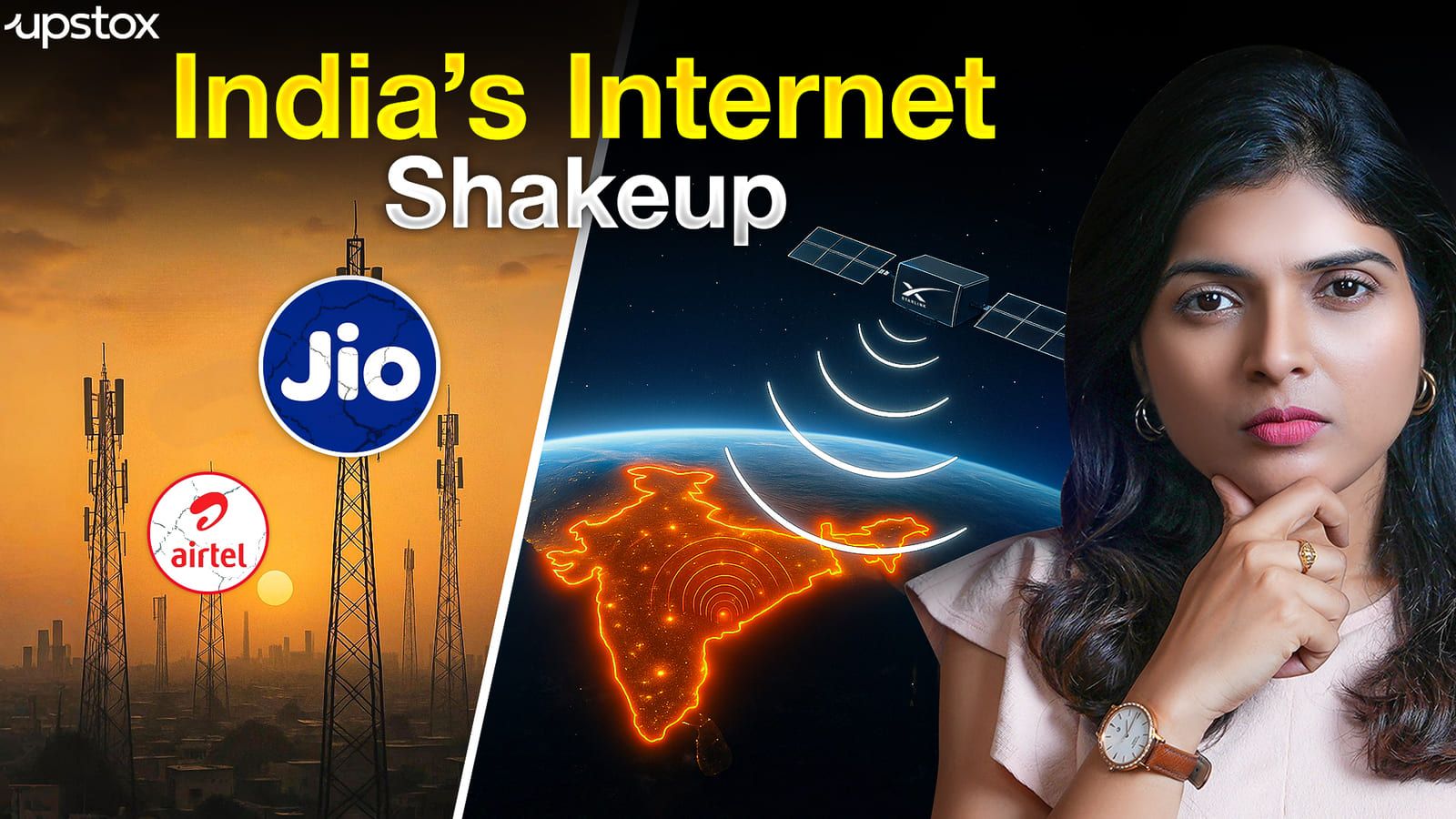Trending
Axiom-4 mission: What’s ‘high beta period’, reason cited for extended stay of Indian astronaut Shubhanshu Shukla?
.png)
3 min read | Updated on July 11, 2025, 11:58 IST
SUMMARY
Indian astronaut Shubhanshu Shukla and his Axiom-4 crewmates will return to Earth on July 14 after NASA delayed their undocking due to a “high beta period.”

Shubhanshu Shukla enjoying a meal with fellow astronauts aboard International Space Station. Image: X/@JonnyKimUSA
Indian astronaut Shubhanshu Shukla and three other crew members aboard the Axiom-4 mission are now scheduled to return to Earth from the International Space Station on July 14, NASA said on Thursday, citing a “high beta period” as the reason for their extended stay.
The Axiom-4 crew, which launched from the Kennedy Space Center in Florida on June 25 and docked at the ISS the following day after a 28-hour journey, was initially expected to depart this week.
However, NASA officials said the current orbital conditions are not conducive for undocking operations.
“We are working with the station program, watching the Axiom-4 progress carefully,” said Steve Stitch, manager of NASA’s Commercial Crew Program, during a press conference on the upcoming Crew-11 mission slated for July 31.
“I think we need to undock that mission and the current target to undock is July 14 after the high beta period.”
What’s a ‘high beta period’?
A “high beta period” for the space station refers to times when the angle between the ISS’s orbital plane and the sun exceeds about 70 degrees, causing the station to spend nearly its entire orbit in sunlight.
This near-continuous exposure to sunlight and cause can cause overheating and requires careful thermal management by NASA, limiting certain operational windows such as spacecraft undocking.
Shubhanshu Shukla’s time in space
The crew includes mission commander Peggy Whitson, European Space Agency astronaut Slawosz Uznanski-Wisniewski, and Hungarian astronaut Tibor Kapu.
Shukla, who has conducted multiple outreach sessions with Indian students, scientists at ISRO, and Prime Minister Narendra Modi during the mission, also participated in live HAM radio conversations with ISRO centres.
“From about 250 miles above the Earth, the crew spent their downtime capturing images and video, taking in the view of our home planet below, and reconnecting with loved ones,” Axiom Space said in a statement.
It noted that the Ax-4 mission involved over 60 experiments in biomedical science, advanced materials, neuroscience, agriculture, and space technology.
With over 60 experiments across biomedical science, advanced materials, neuroscience, agriculture, and space technology, the Ax-4 mission includes the most research conducted on an Axiom Space private astronaut mission to date.
“Every test tube, data point, and observation brings us one step closer to a global community living and working in low-Earth orbit and, eventually, beyond,” Axiom Space said.
The crew is expected to undock from the ISS aboard SpaceX’s Dragon spacecraft on Monday, weather and operational conditions permitting, and return to Earth after their commercial research mission.
Related News
By signing up you agree to Upstox’s Terms & Conditions
About The Author
Next Story


